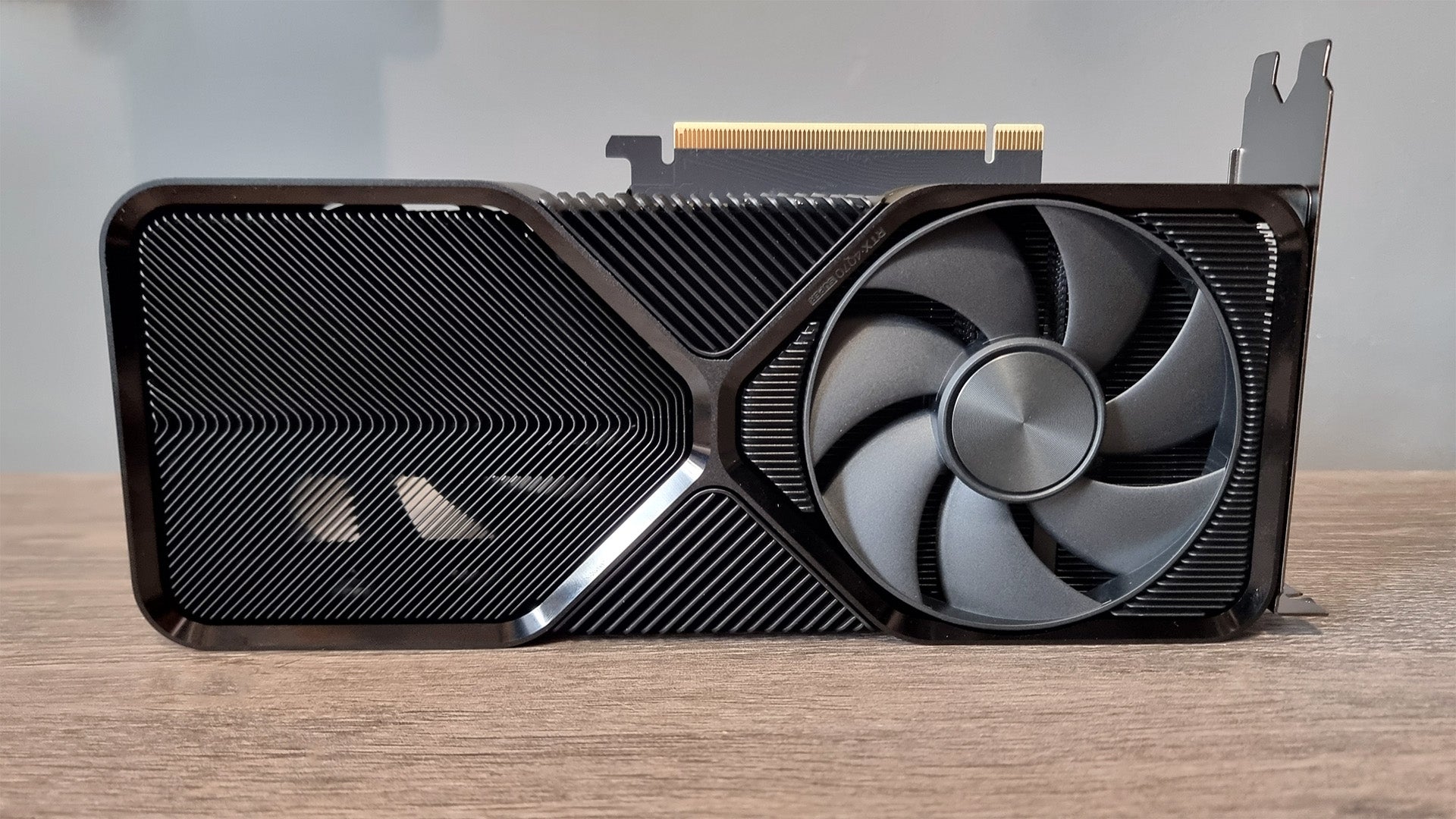Nvidia GeForce RTX 4070 Ti Super Review
A good option for 4K with a number of improvements.


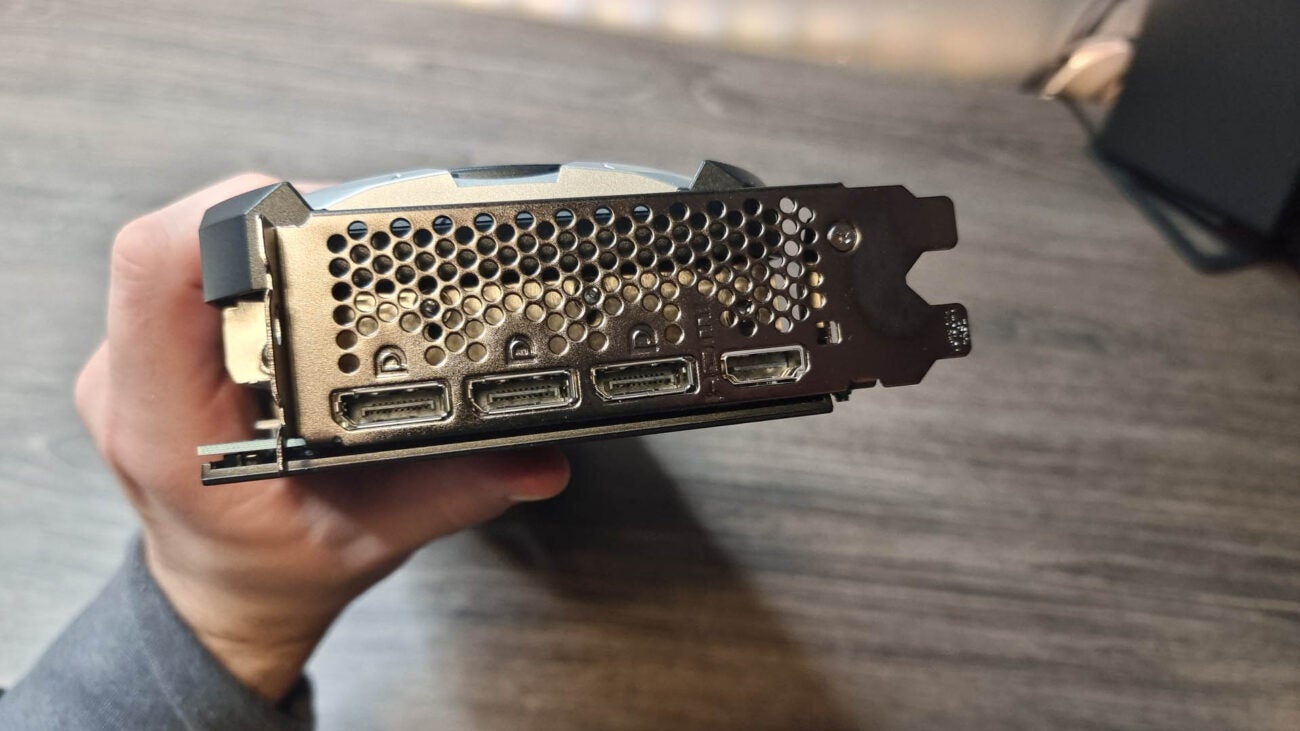
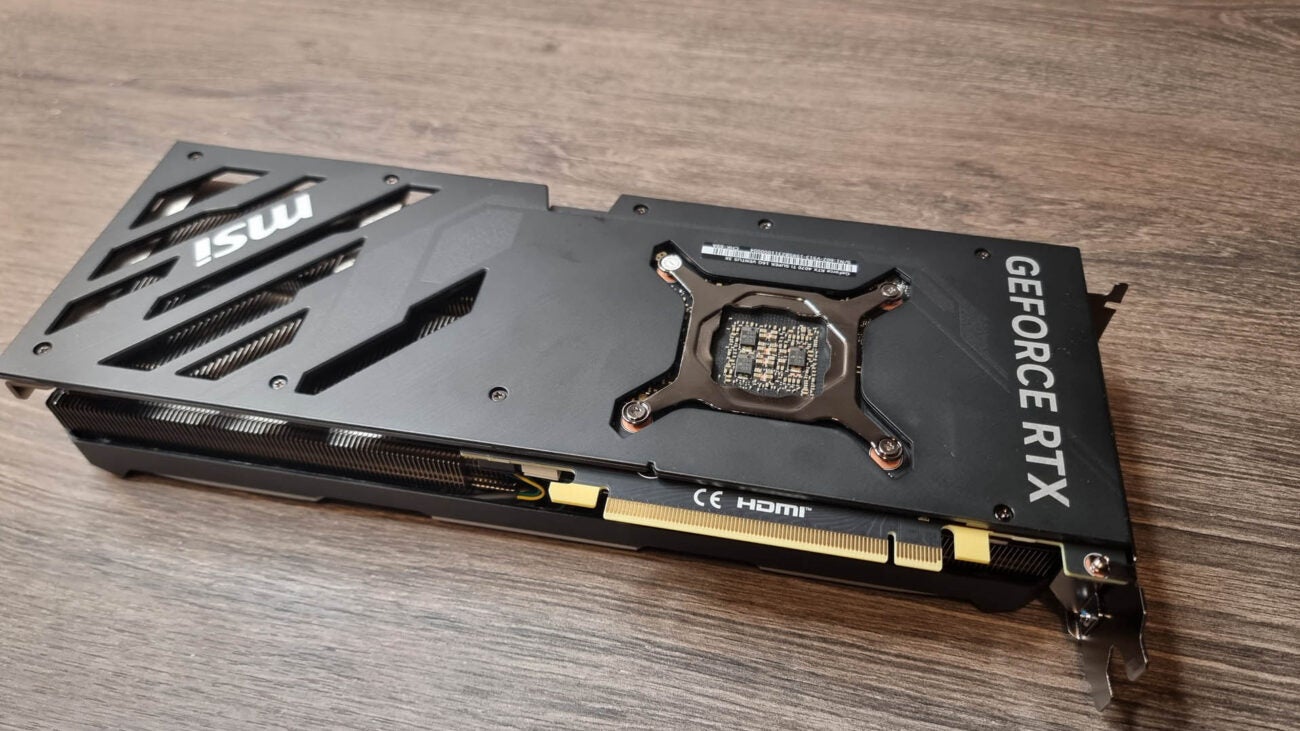
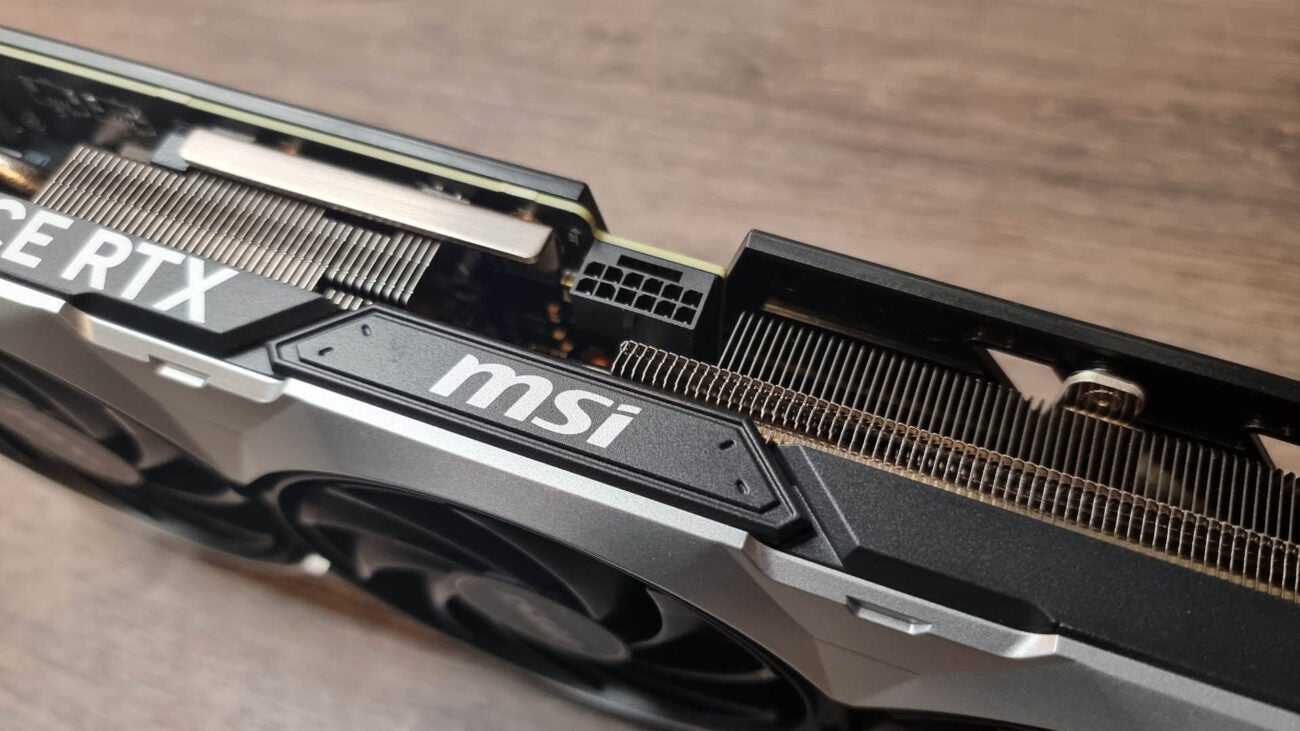


Verdict
The Nvidia GeForce RTX 4070 Ti Super is a bit of a monster. At 4K, it comfortably holds its own, easily securing more than 60fps in almost every title we tested it against. Enable DLSS and those figures climb even higher. It’s cool, quiet, and packs in extra VRAM too giving it a touch more future-proofing than its 4070 Ti counterpart. An ideal pick if you’re looking to upgrade your screen too.
Pros
- Strong performance at 4K makes it the right time to switch
- MSI’s card design is elegant and refined
- Power draw and temperatures are comfortably low
- Easily hits 100 fps at 1440p
Cons
- MSI variant runs slower at launch
- DLSS needed to take on graphically heavy 4K games
Key Features
- RTX 40 SeriesNvidia’s taking advantage of its Ada Lovelace architecture this generation, with boosted DLSS and ray tracing.
- RT and DLSSThe RTX 4070 Ti Super leverages its tensor and ray tracing cores to its advantage, particularly at 4K.
- Smaller form factorSmaller Super series makes installation much easier.
Introduction
At CES 2024, Team Green announced the launch of its latest batch of Super cards, refreshing the current line. This is the Nvidia GeForce RTX 4070 Ti Super in a slick and subtle MSI skin.
The cards in question, the 4070 Super, 4070 Ti Super, and 4080 Super, feature more hardware, higher clock speeds and slightly higher power draws, but most importantly the same price as their namesake predecessors. And, it’s that last bit that’s key, as it’s made these pixel-rendering GPUs some of the best value cards money can buy.
I’ve already taken a look at Nvidia’s RTX 4070 Super, and it proved to be an impressive addition to its arsenal, so, how does its substantially more expensive $799 Ti sibling fair? Here is my Nvidia GeForce RTX 4070 Ti Super review.
One caveat ahead of the review, we were informed that MSI’s RTX 4070 Ti Super cards are reporting 3-5% lower performance than the stock Founders Edition. I’ve updated the VBIOS to the latest version available to us, so our results should be around 3% less than what you can expect from a Founders Edition from Nvidia, or similar from other third parties. MSI is actively rectifying this as we speak, but it’s something to bear in mind.
Specs
- Amped up hardware
- Solid spec, at a reasonable price for a 4K card
- Increased from 12GB to 16GB of VRAM
Nvidia’s RTX 4070 Ti had a bit of a turbulent launch. It was showcased back in October 2022. Initially named as a stripped-back 12GB RTX 4080, it was shelved due to concerns from the community over the confusion it would generate compared to its 16GB bigger brother. Particularly as it held the same name, but, due to the significant drop in internal hardware, performance would be far lower.



Nvidia rebranded the GPU and launched it again in January, this time as the 12GB RTX 4070 Ti. It still however had the same weakness, namely the 12GB limitation on the VRAM. VRAM (or video RAM) is used by graphics cards to store large textures, rendered frames, models, and resources that the card is holding at any given time. The larger the textures and models in use the more space you need. When you increase the resolution of a game to 4K and beyond, those files and that storage space get taken up quickly and performance falls off, as the graphics card then has to transfer those files to your system’s DRAM instead, and recalling them takes longer than if they’re on the card itself.
The RTX 4070 Ti Super, rectifies this by increasing the VRAM from 12GB to 16GB of total GDDR6X memory. On top of that, it’s also received a significant bump in overall CUDA cores (which produce the bulk of your general rasterized graphics), increasing from 7,680 to 8,448, around 10% more. Alongside that, the hardware handling raytracing and AI calculations (DLSS benefitting the most from that) have also increased in number by 10% going from 60 to 66 and 240 to 264 respectively.
Test Setup
I’ve been testing the MSI GeForce RTX 4070 Ti Super 16G Ventus 3X for the last week or so, and have run it through a whole plethora of real-world and synthetic benchmarks doing everything from rendering to gaming, at any resolutions imaginable. To do that, I had to have a solid and dependable test bed, one that ensured there wouldn’t be any bottlenecks arising from any of the other components in the PC itself.
CPU: Intel Core i9-14900K
RAM: 32GB (2x16GB) Corsair Dominator Titanium @ 7200
Motherboard: ASUS ROG Maximus Z790 Dark Hero
CPU Cooler: Corsair iCUE Link H150i LCD 360mm AIO
Cooling: 7x Corsair iCUE Link QX120 120mm fans
PSU: 1200W Corsair RMx Shift 80+ Gold PSU
SSD: 2TB Gigabyte Aorus Gen5 12000 M.2 PCIe 5.0 SSD
Case: Hyte Y70 Touch
You can see the full test-bed spec above. As for the tests in question, I’ve used a total of seven games across 1080p, 1440p, and 4K, measuring average and minimum frame rates, alongside synthetic tests from 3DMark, and Blender, along with measuring power draw and temperatures through HWMonitor as well.
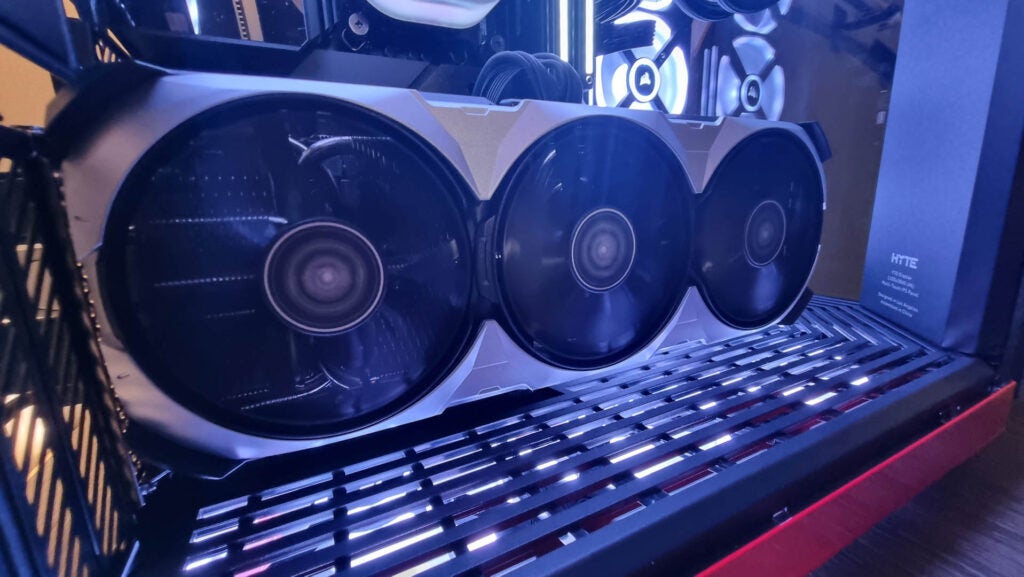
A few games in our test suite do contain ray tracing naturally, those being Cyberpunk and F1 2022. However, it’s worth noting that we do, by default, disable DLSS in any title that automatically enables it (here’s looking at you, Cyberpunk), so those figures will be lower in my results.
Performance and Benchmarks
- Strong at 4K regularly hitting well above 60 fps
- Performance isn’t much higher than the RTX 4070 Super
- 16GB of VRAM might be more useful in the future
Overall gaming performance is very impressive, for our 8-game average metrics, at 1440p the Nvidia GeForce RTX 4070 Ti Super scored an impressive aggregate of 114.57 frames per second across all eight titles (including Cyberpunk bringing that down with an average fps of 48). At 4K that number sits at 65.43, and 1080p lies at the top end at around 154.14. All respectable numbers for a card of that caliber. It sees scores coming in at around about 10-12% higher than its RTX 4070 Super stablemate.
For the longest time, 4K at 60 fps has been a pipe dream, particularly for cards around this price point. With the introduction of a 16GB RTX 4070 Ti Super, it gives gamers a fantastic opportunity to pick up a card that’ll keep them ticking at that UHD resolution for some time, and with AI antialiasing continuing to advance with DLSS 3.5, that longevity should remain for some time.
As for synthetic testing, the RTX 4070 Ti Super continues to impress, with 14,272 points in 3DMark’s Fire Strike Ultra (38% higher than a standard RTX 4070), 6,062 in the DirectX 12 based Speedway (34% faster), and 14,927 points in the raytracing based Port Royal as well (31% faster). Blender on the other hand was a little disappointing, particularly compared to cards like the RTX 4070 super with average figures only hitting 8-12% improvement at best, which is a little underwhelming given there’s currently a $200 price difference between the two.
Raytracing and Upscaling
- DLSS doubles frame-rates in most titles tested
- Raytracing still looks great but struggles without DLSS support
- The RTX 4070 Super is hot on the Ti’s heels, even at 4K
When it comes to raytracing and DLSS, it’s no surprise that the Nvidia GeForce RTX 4070 Ti Super dominates in this field. Although the increase in raytracing hardware has been relatively small compared to the standard RTX 4070 Ti (a flat 10% increase), it still has made an impactful difference.
Cyberpunk at 4K with DLSS and raytracing enabled clocks in an impressive 66 fps, F1 2022 at 81, and Returnal at 77, all while looking great, and again on a card that sails in at just $799. That said, the RTX 4070 Super also comes in close here too, with 59 fps in Cyberpunk, 72 in F1, and 73 in Returnal, and you’d be hard-pressed to spot the difference in-game between those frame rates. If you’re on a budget, the RTX 4070 Super might be the better pick, however, that lack of VRAM might come back to bite you long-term, particularly as game textures continue to grow. That’s a big “if” though for a $200 difference.
It’s the DLSS upscaling performance that continues to shine though. Take Cyberpunk as an example. At 4K, even with raytracing disabled, frame rates jump from 42 to 84, simply by enabling DLSS upscaling, and if I’m honest, it’s incredibly difficult to spot the difference at this point. That said, this isn’t isolated just purely to the RTX 4070 Ti Super, as all of the Ada Lovelace cards I’ve tested pull the same stunt. So again the question is, can you tell the difference between 78 fps at 4K and 84 fps at 4K? And if so, are those 6 fps worth the extra $200 on the 4070 Ti Super compared to the 4070 Super? It’s a hard sell for sure.
Power Consumption and Temperature
Overall, the power draw of the Nvidia GeForce RTX 4070 Ti Super fell well within my expected parameters, with 180W at idle, and 648W under load. Less than the RTX 4080 and a touch more than the 4070 Super. Clock speed was a little low, coming in at just 2,730 MHz, and GPU temp also sat comfortably maxing out at 72C throughout my benchmarking runs.
This is actually surprisingly close to the figures I saw on the RTX 4070 Super as well, with that likewise clocking in at 71 C on the GPU as well. These chips are running mildly hotter than their first-generation 40 series cousins, but to be honest, there’s so much thermal headroom here, it’s fairly inconsequential.
Latest deals
Should you buy it?
You want to move up to a 4K monitor
If you’ve had your eye on a 4K gaming monitor, but have been worried your GPU might not be up to running it, now’s your time to jump. This card comfortably holds its own at 4K, and with the added VRAM, you can rest assured, that it’ll keep pace with game development over the next few years.
You’re looking for the more than 100Hz at 3840×2160
If you’re looking to take it to the limit at 4K, you’re going to need to break that four-figure limit. The RTX 4080 and its Super sibling are the cards to beat, and right now the 4070 Ti Super is a long way off of that.
Final Thoughts
Is Nvidia’s RTX 4070 Ti Super one of the best graphics cards available right now? Perhaps not. It’s a solid piece of hardware, and you’ll be happy if you pick one up, but it floats around as a middle child. It’s good at 4K, but not great. It’s an ok value option, but not the best. The extra VRAM is an awesome improvement, but 10% extra hardware lacks the punch that I’d have hoped to have seen from a card like this.
Don’t get me wrong, if you pick one up for 4K gaming, you’ll be more than happy with it, but it’s just not quite as exciting as the RTX 4080 Super for performance or the RTX 4070 Super for value.
How we test
Every graphics card we get is run through a series of real-world and synthetic benchmarks. This allows us to push it to the limit, and gauge its performance across several different scenarios while analyzing its power efficiency and thermal dynamics.
Tested with in-game benchmarks
Compared against other cards we’ve tested
Power consumption analysed
FAQs
Yes, however, it’s only a small increase. If you already own an RTX 4070 Ti, it’s not worth upgrading to this new GPU. Instead, you’ll want to look at an RTX 4080 or above to see significant performance gains.
This particular MSI variant does, however, you can find cards out there that feature two 8-pin PCIe power cables instead. However, the performance and clockspeeds on these units may be significantly lower.
Yes, on average it hits around 65 fps across our testing suite at 4K, and if you enable DLSS that figure climbs even higher too.






